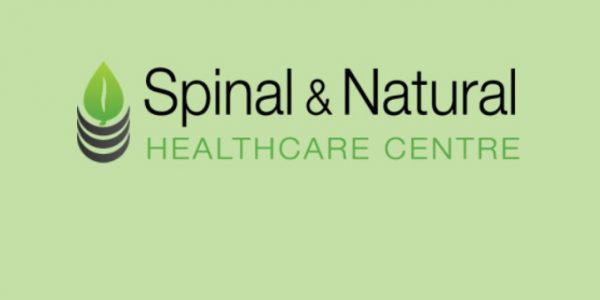One in four adults in the UK has high blood pressure (hypertension) and although it can cause damage to your heart, kidneys and eyes, it frequently goes undetected and untreated.
Often there is no single underlying cause but hereditary factors, drinking too much alcohol, being overweight, eating too much table salt and a lack of regular exercise all contribute to your risk of hypertension.
When I check the blood pressure on my patients, I ask them if they understand what it is and what the normal range is. Many are confused. Simply put, blood pressure is a measure of the force exerted by the flow of blood in your arteries (the vessels that carry blood from your heart to your body).
The pressure is required to move the blood to where it is needed and the pressure levels naturally fluctuate throughout the day depending on activity. Of note to weight lifters, the heavier the lift the higher the blood pressure, so be aware of this if you have issues with blood pressure!
If the pressure becomes consistently too high it can damage the arteries, causing them to thicken and become less elastic. This, in turn, limits the flow of blood and may cause permanently raised blood pressure. This can affect your heart, kidneys and eyes and increase your risk of heart attack and stroke.
A blood pressure reading gives two measurements in millimetres of mercury (mmHg) – but you don’t really need to worry about the units – just the numbers. The first number is the systolic pressure, which is the force of the blood as the heart contracts and pumps out blood. For an adult this should be no higher than 140.
The second number is the diastolic pressure, which is the force while the heart is relaxing and filling up with blood again. For an adult this should be no higher than 85 so an upper normal reading is 140/85 (people with certain conditions such as diabetes need to aim for lower numbers and their GP will advise them of this).
So will having a normal blood pressure reading really make a difference to your health? The answer is a resounding YES! If you have hypertension, reducing your blood pressure by just 5 points can reduce your risk of having a heart attack by about 20 per cent. That is an amazing difference.
And this is not something that you can leave to ‘sort out when I’m older’. Several people I have come across have ended up having to go on blood pressure medication in their 30’s due to poor lifestyle and too much stress!
So what steps can you take now to avoid developing high blood pressure? Well, really it’s the same advice for improving your general health which is great news as it means maintaining a normal blood pressure will have the wonderful side effects of making you look and feel better and live longer.
Reduce your salt intake as much as possible (aim for less than 5 grams a day). Start taking regular exercise and increase your activity generally throughout the day (using a pedometer is a great way to motivate you do to this). Get advice on your ideal weight and help on how to reach and maintain it. Only drink alcohol in moderate amounts. Learn to manage stressful situations and use relaxation techniques. You can find more detailed advice and order a free information pack from the Blood Pressure Association (www.bpassoc.org.uk).
If you already have hypertension, then as well as following your GP’s advice on lifestyle changes and medication, you may also want to consider trying an adjustment from a chiropractically trained practitioner like myself. Over the last few years there has been significant research into chiropractic adjustments and the resulting decrease in blood pressure.
One study on 80 people (published in the Journal of Manipulative and Physiological Therapeutics, 2001) found that chiropractic adjustments to the upper neck can lower abnormal blood pressure in healthy bodies by 7.8 – 13.8 per cent.
A further study published earlier this year in the Journal of Human Hypertension, compared a group of people receiving adjustments from a chiropractically trained practitioner and a group who were receiving sham adjustments (to counter the placebo effect). Adjustments focused on the ‘Atlas vertebra’ – the neck bone at the very top of your spine that holds your head up.
X-rays showed that the adjustments realigned the Atlas in the treated patients but not in the sham treated patients. Compared to the sham-treated patients, those who got the real procedure saw an average 14 mmHg drop in systolic blood pressure and an average 8 mmHg drop in diastolic blood pressure. The study concluded that this ‘marked and sustained’ treatment was as effective in reducing blood pressure as two drug combination medication.
This latest study has caused so much interest that further larger clinical trials are being planned.
Useful links
Blood Pressure Association www.bpassoc.org.uk
British Hypertension Society www.bhsoc.org
British Heart Foundation www.bhf.org.uk
Kind regards
Stuart Lawrence BSc(Hons) MSc(Chiro) DC
Osteomyologist
